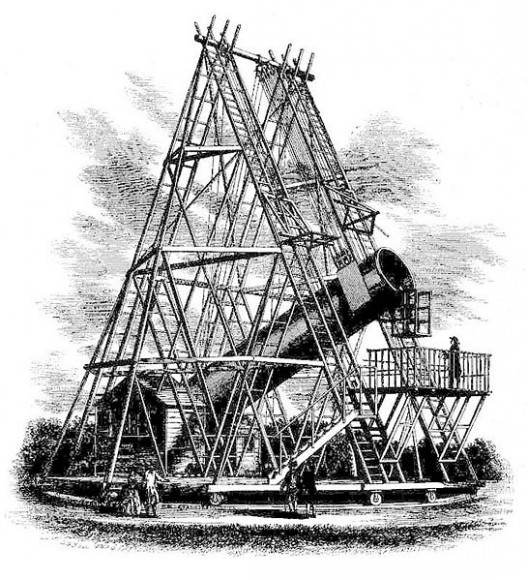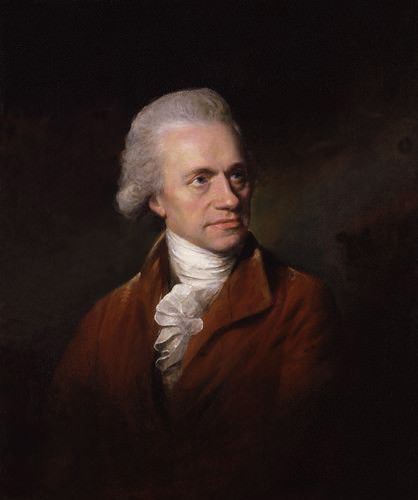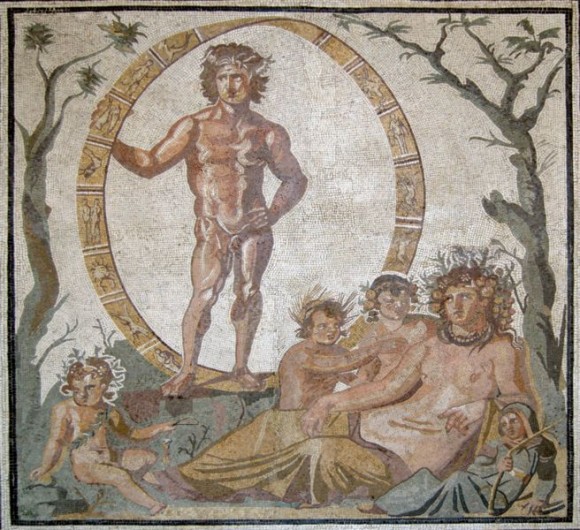If you’ve got really good eyesight and can find a place where the light pollution is non-existent, you might be able to see Uranus without a telescope. It’s only possible with the right conditions, and if you know exactly where to look. And for thousands of years, scholars and astronomers were doing just that. But given that it was just a tiny pinprick of light, they believed Uranus was a star.
It was not until the late 18th century that the first recorded observation that recognized Uranus as being a planet took place. This occurred on March 13th, 1781, when British astronomer Sir William Herschel observed the planet using a telescope of his own creation. From this point onwards, Uranus would be recognized as the seventh planet and the third gas giant of the Solar System.
Observations pre-18th Century:
The first recorded instance of Uranus being spotted in the night sky is believed to date back to Classical Antiquity. During the 2nd century BCE, Hipparchos – the Greek astronomer, mathematician and founder of trigonometry – apparently recorded the planet as a star in his star catalogue (completed in 129 BCE).

This catalog was later incorporated into Ptolemy’s Almagest, which became the definitive source for Islamic astronomers and for scholars in Medieval Europe for over one-thousand years. During the 17th and 18th centuries, multiple recorded sightings were made by astronomers who also catalogued it as being a star.
This included English astronomer John Flamsteed, who in 1690 observed the star on six occasions and catalogued it as a star in the Taurus constellation (34 Tauri). During the mid-18th century, French astronomer Pierre Lemonnier made twelve recorded sightings, and also recorded it as being a star. It was not until March 13th, 1781, when William Herschel observed it from his garden house in Bath, that Uranus’ true nature began to be revealed.
Hershel’s Discovery:
On the evening in question – March 13th, 1781 – William Herschel was surveying the sky with his telescope, looking for binary stars. His first report on the object was recorded on April 26th, 1781. Initially, he described it as being a “Nebulous star or perhaps a comet”, but later settled on it being a comet since it appeared to have changed its position in the sky.

When he presented his discovery to the Royal Society, he maintained this theory, but also likened it to a planet. As was recorded in the Journal of the Royal Society and Royal Astronomical Society on the occasion of his presentation:
“The power I had on when I first saw the comet was 227. From experience I know that the diameters of the fixed stars are not proportionally magnified with higher powers, as planets are; therefore I now put the powers at 460 and 932, and found that the diameter of the comet increased in proportion to the power, as it ought to be, on the supposition of its not being a fixed star, while the diameters of the stars to which I compared it were not increased in the same ratio. Moreover, the comet being magnified much beyond what its light would admit of, appeared hazy and ill-defined with these great powers, while the stars preserved that lustre and distinctness which from many thousand observations I knew they would retain. The sequel has shown that my surmises were well-founded, this proving to be the Comet we have lately observed.”
While Herschel would continue to maintain that what he observed was a comet, his “discovery” stimulated debate in the astronomical community about what Uranus was. In time, astronomers like Johann Elert Bode would conclude that it was a planet, based on its nearly-circular orbit. By 1783, Herschel himself acknowledged that it was a planet to the Royal Society.
Naming:
As he lived in England, Herschel originally wanted to name Uranus after his patron, King George III. Specifically, he wanted to call it Georgium Sidus (Latin for “George’s Star”), or the Georgian Planet. Although this was a popular name in Britain, the international astronomy community didn’t think much of it, and wanted to follow the historical precedent of naming the planets after ancient Greek and Roman gods.

Consistent with this, Bode proposed the name Uranus in a 1782 treatise. The Latin form of Ouranos, Uranus was the grandfather of Zeus (Jupiter in the Roman pantheon), the father of Cronos (Saturn), and the king of the Titans in Greek mythology. As it was discovered beyond the orbits of Jupiter and Saturn, the name seemed highly appropriate.
In the following century, Neptune would be discovered, the last of the eight official planets that are currently recognized by the IAU. And by the 20th century, astronomers would discovery Pluto and other minor planets within the Kuiper Belt. The process of discovery has been ongoing, and will likely continue for some time to come.
We have written many articles about planetary discovery here at Universe Today. Here’s Who Discovered Mercury?, Who Discovered Venus?, Who Discovered Earth?, Who Discovered Mars?, Who Discovered Jupiter?, Who Discovered Saturn?, Who Discovered Neptune?, and Who Discovered Pluto?
Here’s an article from the Hubble educational site about the discovery of Uranus, and here’s the NASA Solar System Exploration page on Uranus.
We have recorded an episode of Astronomy Cast just about Uranus. You can access it here: Episode 62: Uranus.
Sources:


Have you seen Uranus in a telescope? Not much to see actually… so finding it is half the ‘fun’? It appears as a small blue-green dot at medium high magnification in my 4″ and a bigger dot in my 12 1/2″. Once found, it’s easy to see that it’s a planet and not a point like star. A map? http://www.nakedeyeplanets.com/uranus-path-psc-2006-2019.png
One theory has it that Uranus must have been hit by a proto plantary body
? My statement got truncated somehow…. Uranus’s nearly perpendicular axial tilt may have been caused by a collision with a protoplanetary body…